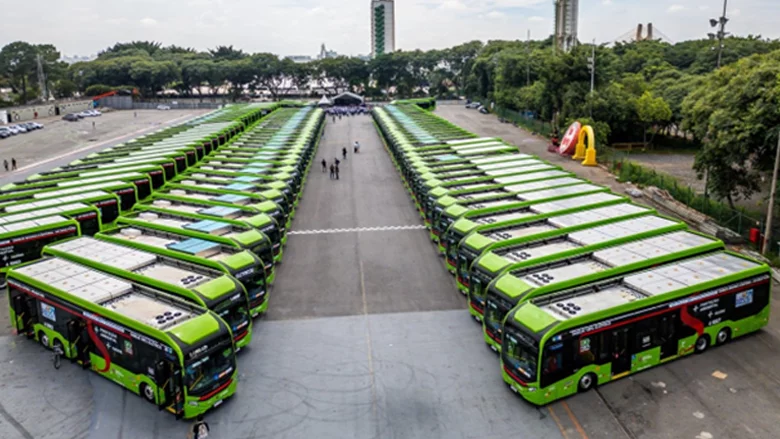Abstract
Control strategies that prevent bus bunching allow for improvement to the level of service offered by a transit corridor as well as reducing travel time and its variability, thus providing higher reliability to the user. Several optimization models based on the use of real-time information have been shown to achieve this, through the planning of holding of the buses at bus stops. In the majority of the cases the benefits of these models have been estimated assuming ideal operational conditions while only few of them have been tested in real conditions. However, neither the simulation experiment, nor the real implementations have quantified the effects of real-life phenomena that harm the performance of the system, preventing it from achieving the full potential of these control schemes.
This paper examines three phenomena that may occur during the operation of a bus service, which would limit the effectiveness of a holding-based control strategy in the sense that some of the planned holdings might not be executed. These phenomena are drivers non-compliance, failure of communication systems with buses, and the combination of both. The objective is to estimate the negative impact these phenomena can have on the benefits of the strategy, and to identify possible measures that could help operators and decision makers to reduce this impact. Both objectives are achieved using the real-time holding model developed by Delgado et al. (2012), which is tested in a simulation environment.











